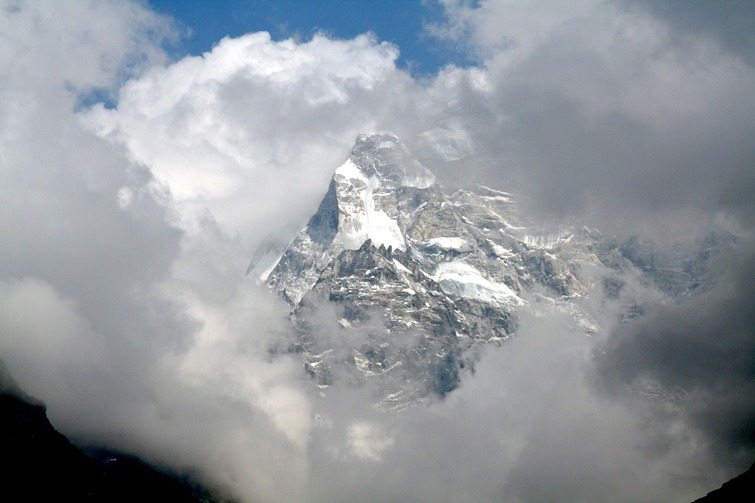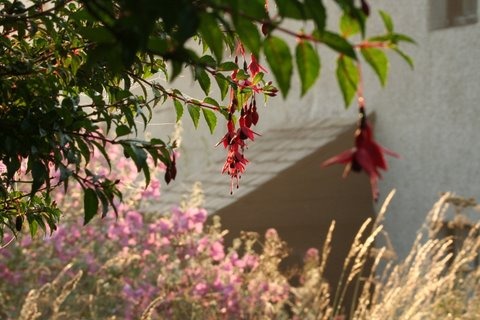
Himalayas by Ilker Ender
Phew!
My ‘Tomfool Project’ to write a history of Asian gardens and landscape architecture is done: I have just posted the CS (computer-script) to the publisher. The main subjects are Ancient Garden Design, Islamic Garden Design, Indian Garden Design, Chinese Garden Design, Japanese Garden Design and modern landscape architecture across Asia. The text files, drawings and photographs fit on one DVD, so all I have done is re-arrange some binary code, unless you count taking over 100,000 photographs. The easier-to-write chapters drew on other work but the difficult chapters took a year each for research and travel. The sensible alternatives would have been not to have begun the project or to have started 40 years earlier by learning half a dozen Asian languages. But I enjoyed the work and will be a lucky man if the ‘royalties’ pay for the travel – so you could say the books will be sold at ‘cost price minus’. It reminds me of the advice I received from Arnold Weddle about 30 years ago. We were making use of adjoining urinals at the time and I think the conversation went like this:
‘Hi Tom, how are you and what are you doing’. Ignoring the obvious, I replied ‘Fine – I’m writing a book, actually it’s about Landscape planning‘. Arnold, who had recently founded the journal Urban and landscape planning, replied: ‘Hmmm. Don’t expect to make any money by writing books’
Weddle was a wise man and I often quote another of his remarks. In Techniques of landscape architecture he wrote that the landscape profession is distinguished from its related professions by looking beyond their ‘closely drawn technical limits’ and ‘narrowly drawn territorial boundaries’. Though not quite what he had in mind, I have taken his advice in Asian gardens by relating garden design to the religions, mountains, forests, deserts, social customs, art and architecture of Asia. As you can imagine, this has involved a number of topics in which I might wish to have more expertise. Ananda Coomaraswamy would have been a good man for the job, helped by one of his photographer wives and his ability to think in English, Hindi, Greek, Latin, Sanskrit, Pali, Persian and Chinese.
[See also: next post on Asian gardens and landscapes]


